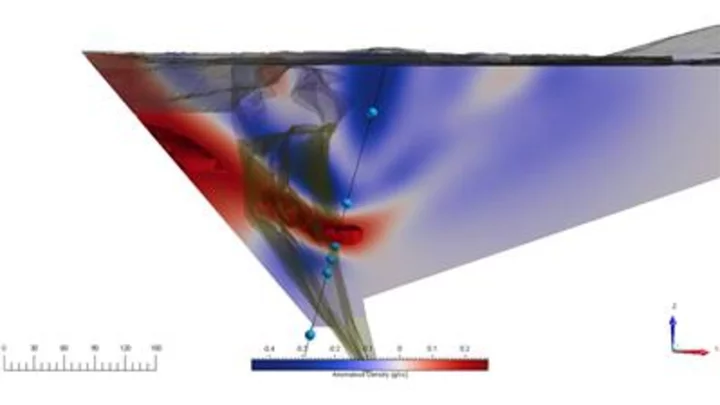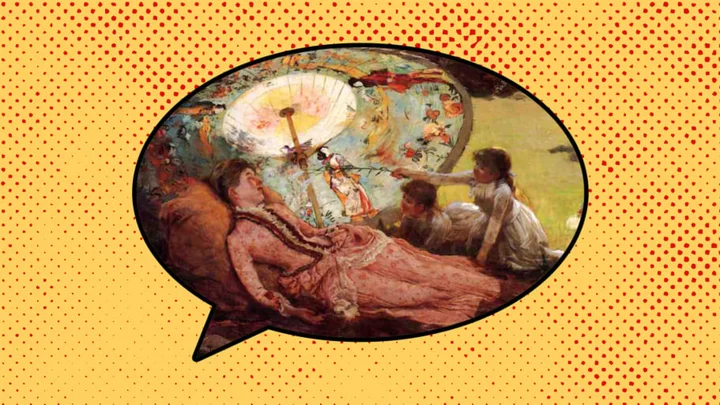A white dwarf star is undergoing the process of turning into a “cosmic diamond” as it begins to crystalise.
The lullaby “Twinkle Twinkle Little Star” talks about stars in the sky looking like diamonds, but for one specific type of star, that observation is truer than for others.
Astronomers have observed that when a specific type of dead star starts to cool, it begins to crystalise and harden.
An international team of astronomers, led by Alexander Venner of the University of Southern Queensland in Australia, have explained in a new paper Monthly Notices of the Royal Astronomical Society how a white dwarf star around 104 light-years away is doing just that.
They noticed that the star, composed primarily of carbon and metallic oxygen, has a temperature-mass profile that suggests its centre is hardening into a dense “cosmic diamond” made of crystallised carbon and oxygen.
The study explained: "In this work we present the discovery of a new Sirius-like quadruple system at 32 parsecs distance, composed of a crystallizing white dwarf companion to the previously known triple HD 190412.”
Sign up to our free Indy100 weekly newsletter
It continued: “By virtue of its association with these main sequence companions, this is the first crystallizing white dwarf whose total age can be externally constrained, a fact that we make use of by attempting to empirically measure a cooling delay caused by core crystallization in the white dwarf.”
All stars eventually die out when they run out of energy. Of those that have a mass of less than around eight times that of the Sun, the vast majority will form a white dwarf star.
The matter of a white dwarf star is highly compressed and as they gradually cool, they evolve into a black dwarf star when they lose heat and crystalise.
Scientists’ calculations estimate the process takes around a quadrillion years (one million billion years) to complete, though the signs that the process is occurring can be identified by experts.
Have your say in our news democracy. Click the upvote icon at the top of the page to help raise this article through the indy100 rankings.









